Lycored’s Lumenato to be deemed a Novel Food by the EFSA
The carotenoid-rich nutraceutical has been proven to support skin health by protecting it from UV exposure and collagen degradation
Our tomatoes are glowing.
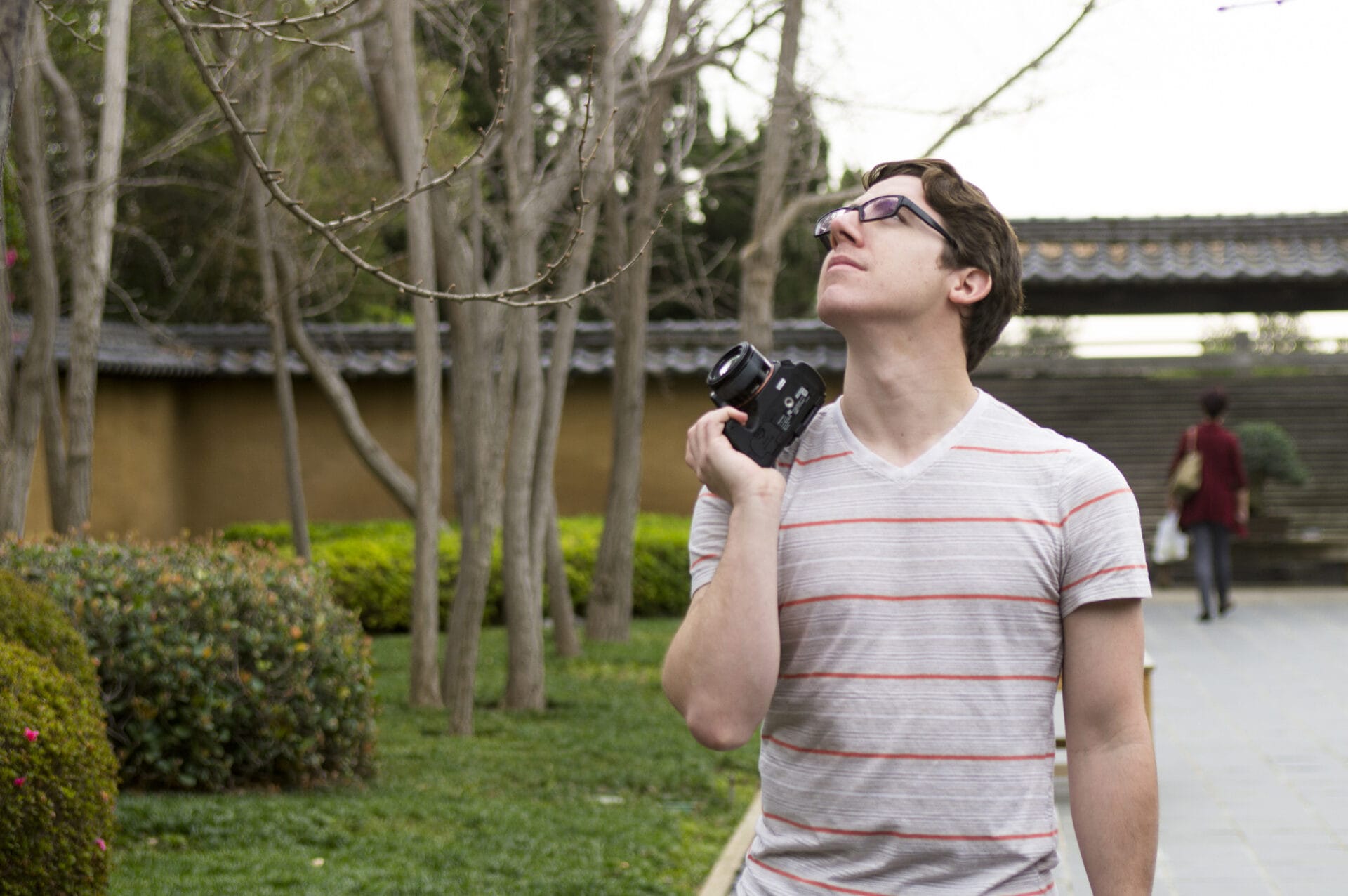 Recently, we teamed up with National Geographic photographer Craig Burrows to capture the natural glow hidden within everyday plants. The project, for a new exhibit in our digital garden, saw Craig shoot for the first time the invisible carotenoids found in our breed of tomatoes. We asked him to share with us his expectations coming into the project, and what he sees now after his journey with us.
Recently, we teamed up with National Geographic photographer Craig Burrows to capture the natural glow hidden within everyday plants. The project, for a new exhibit in our digital garden, saw Craig shoot for the first time the invisible carotenoids found in our breed of tomatoes. We asked him to share with us his expectations coming into the project, and what he sees now after his journey with us.
When Lycored first contacted me about a photography project revolving around ingestible skincare products I will admit I had some reservations. After doing some reading of my own, it became clear that there was a valid basis which tied in directly with my particular genre of photography.
Before this project I had only worked with tomato flowers but not the fruit itself. I was intrigued by the request to photograph golden tomatoes as I’ve never photographed fruit or vegetables. Although I had been meaning to start because the fluorescence of Phytoene and Phytofluene, which are often-overlooked and “invisible” carotenoids.
While all the carotenoids absorb certain wavelengths of light and fluoresce in response, Phytofluene was of interest to me as it specifically responds with a fluorescent green glow to the long-wave UV light source I use in my photography. I had hoped for a little more clear fluorescence of this carotenoid, but whether because of other fluorescent compounds present or a relatively low quantity of this one, I ended up with a general glow resembling the original colors, but with a green cast and with some surprises like bright veins and blue seeds.
I had previously rejected tomatoes as subjects because the skins appeared extremely reflective to my ultraviolet lights. So when cutting them open revealed a stronger fluorescence, I was surprised. The inside of each tomato I photographed was more or less the same, but each one’s exterior had a unique, albeit dim, pattern. I picked my favorites for the shoot, one with tiny and bright speckles, one with some mesmerizing patterns, and one which showed both red and yellow pigmentation in the skin.
Photographing these tomatoes was unlike any other UVIVF project I’ve done before, considering both the subject, size and shape of the topics. For one thing, my usual fare is flowers which are not as stationary as one might think. For those I hold my breath for each shot lest my breathing wiggle the flower and make it blur during a long exposure. The tomatoes too, especially as a group, were larger than most of the subjects I’ve covered with UVIVF and required a different way to arrange them than my conventional stand. This is made tricky by the fact that almost every material exhibits some degree of fluorescence or reflection which would distract from the actual object. I ended up using glossy black acrylic which had only the mildest glow and wasn’t so reflective as to create ultraviolet hotspots my camera would pick up.
I am pleased with how the shoot turned out, and I am especially enthralled with the tie-in of my UVIVF technique and one mechanism of benefit conveyed by the carotenoids. A lot of the time I am photographing for discovery and the hidden beauty of the subject, but this time I knew what I was looking for and found it.
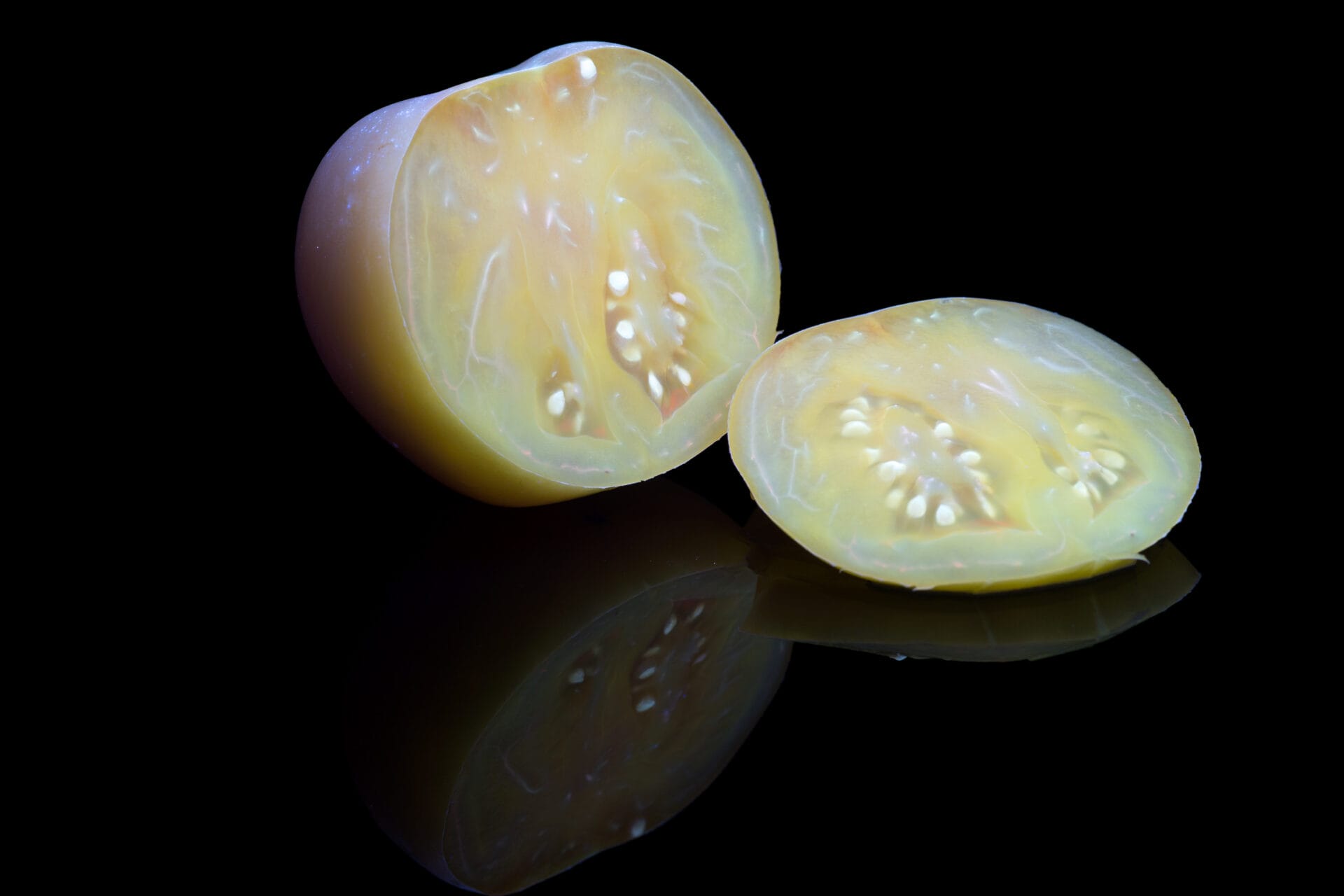
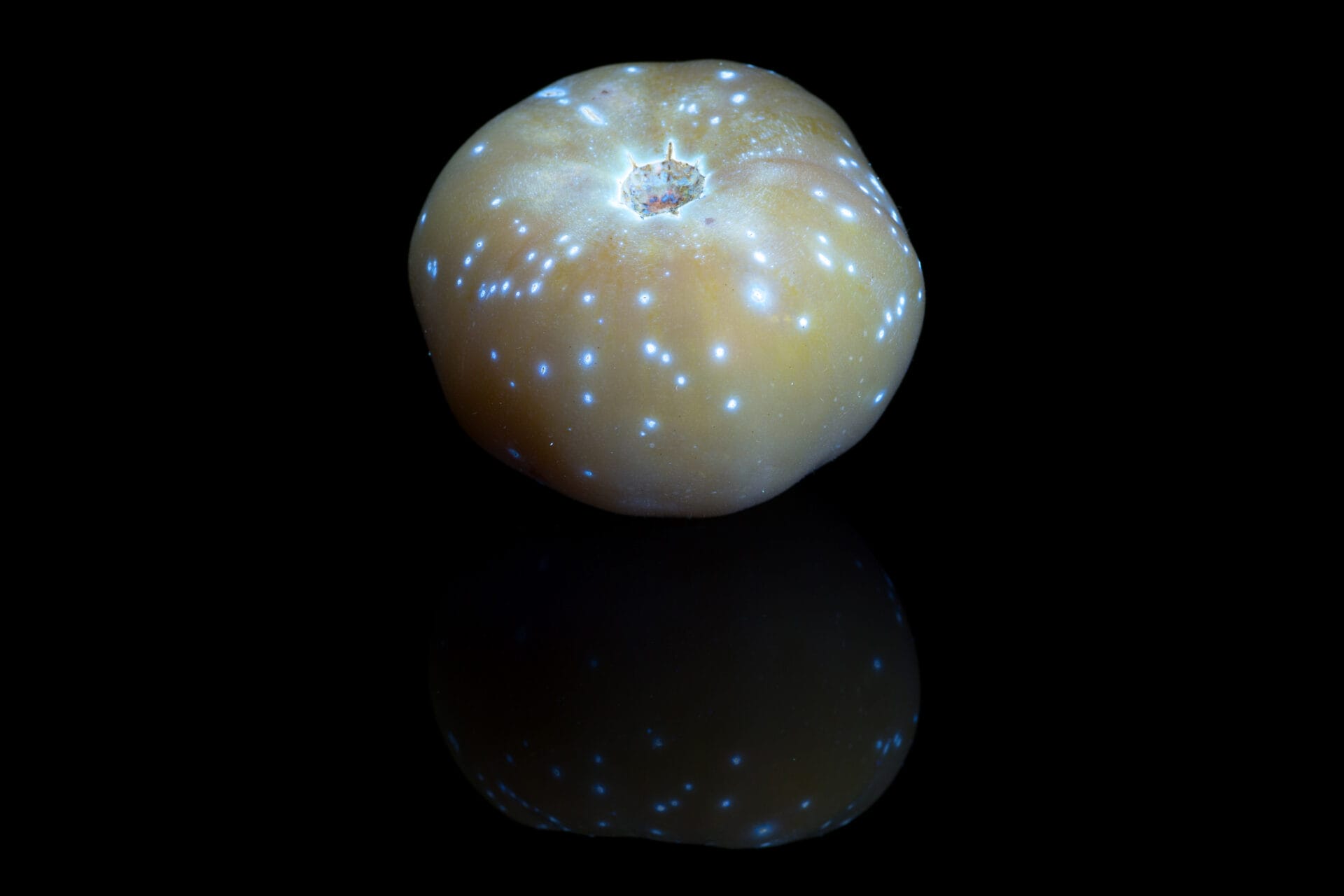
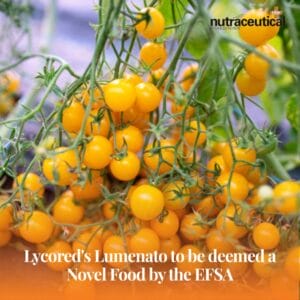
The carotenoid-rich nutraceutical has been proven to support skin health by protecting it from UV exposure and collagen degradation

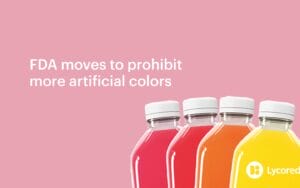
On April 22nd, the FDA announced in a press release its intention to phase out petroleum-based synthetic dyes in food, beyond Red 3. While industry actors seem to be divided...
Interested in speaking directly with a member of our team?
Click below to get in touch.